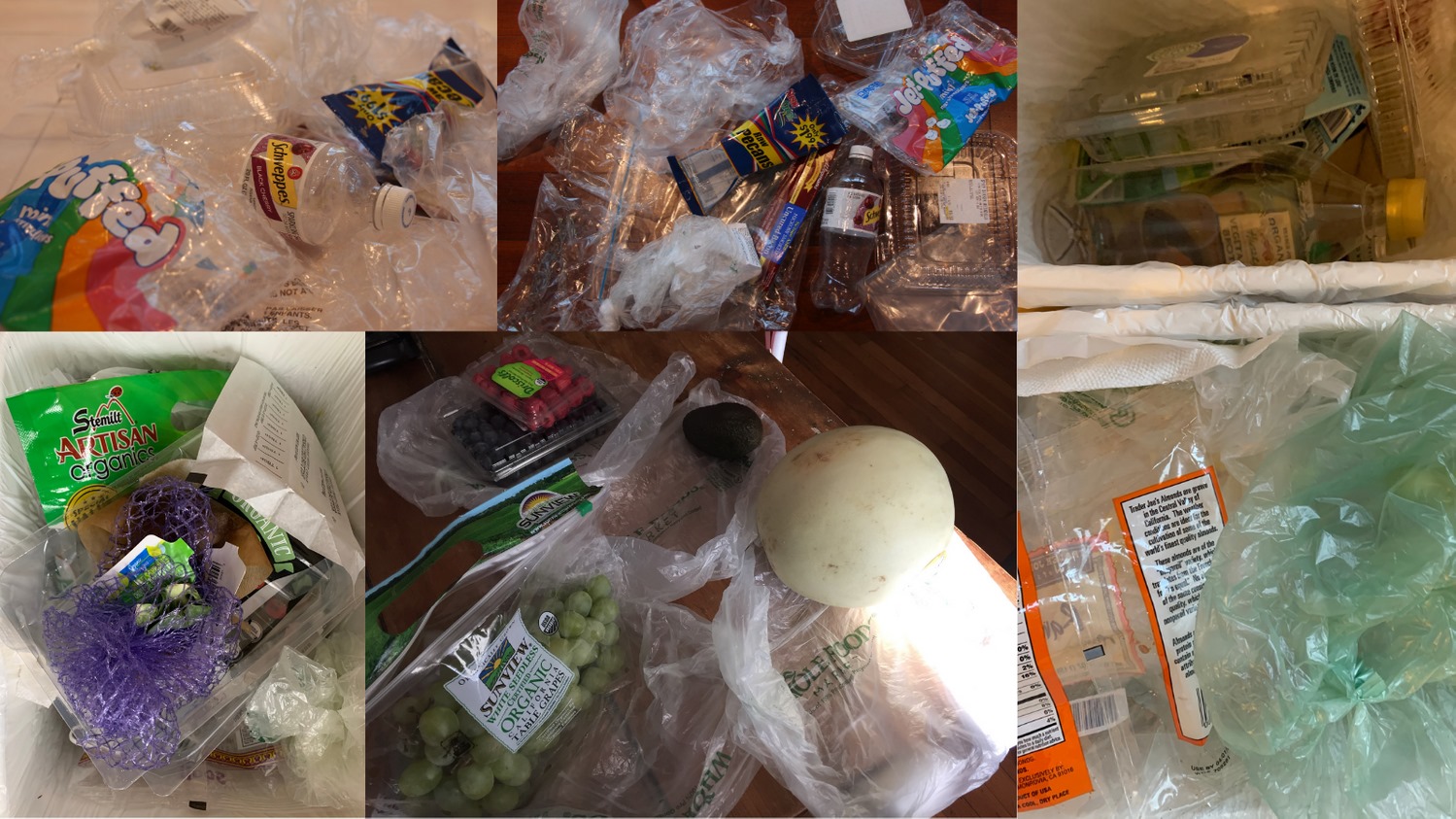Why Whole Foods should go plastic-free
The company says it puts ‘planet before profits’. It can prove it by remedying its plastic problem.

Failing to make the grade
Grocery stores—from supermarkets to local shops—don’t look like they used to. Corn, bell peppers, bananas and skinned and halved butternut squash wrapped in cellophane; single-serving meals sealed up in plastic tubs; and of course, rows upon rows of plastic bottles.
Over the years, the drive toward greater convenience has resulted in a steady rise in the amount of plastic we use to package our food. Today, packaging represents a staggering portion of our plastic waste, over a quarter of the over 350 million tons produced worldwide each year.
That plastic is killing wildlife. Because it’s smaller, flimsier and harder to recycle, packaging is particularly susceptible to “leakage” from waste streams—that is, escaping reuse, collection or the landfill and ending up in our oceans and waterways. When it gets there, a sea turtle, seabird or whale can mistake it for food. When they fill their stomachs with this trash, they can choke or starve.
It’s an unacceptable situation, and if we’re going to make a change, we need prominent sellers of plastic packaging to show some leadership by phasing out their use of this environmentally destructive—and often superfluous—trash.
That’s why it was so disappointing to see Whole Foods, ostensibly an environmental champion, score an “F” in a recent report on companies’ use of plastic packaging.
The report, released by As You Sow, a shareholder advocacy group, says that Whole Foods could be doing a whole lot more to reduce the use of single-use plastic packaging wherever possible, and to adopt refillable and reusable packaging.
For customers of a store that often touts its environmental bona fides, the failing grade might be surprising. Whole Foods was the first U.S. grocer to phase out the use of plastic bags. In 2019, it eliminated plastic straws from all its establishments.
But its failure to act on plastic packaging really matters—because these wraps, tubs, bags and coverings pose special problems for the natural world.

Our advocates found that making thanksgiving meals with ingredients from Whole Foods generated lots of plastic trash. Credit: staff.
How bad is packaging pollution?
Packaging is one of the most harmful forms of plastic pollution out there. A major report by the Ellen MacArthur Foundation found that:
-
Packaging represents the world’s largest application of plastic, or 26 percent by volume.
-
Just 14 percent of packaging is recycled, because its value for reusability is so low.
-
Packaging’s small size, along with the fact that barely any of it is recycled, makes it particularly prone to “leakage,” or escaping the collection system and entering our environment as pollution. An estimated 32 percent of packaging “leaks” to our oceans, lands and waterways.
-
According to the ocean conservancy, 62 percent of all the items (including non-plastics) collected in international beach clean-up operations are pieces of plastic packaging.
Plain and simple, the more plastic packaging we produce and use, the more that ends up in our ocean, where it kills untold creatures and strains species and ecosystems already pushed to their limit by overfishing, offshore drilling and climate change.
If Whole Foods really wants to put “planet over profits”, it must put “planet over plastic” and act on packaging.
Whole Foods can be a plastic champion again — but it’s getting outpaced
The grocer proved it has what it takes to lead on waste reduction when it eliminated plastic bags in 2008. That was far in advance of other chains, and set a strong standard.
But now, on packaging, other grocers are taking the lead. Regional chain Giant Eagle recently committed to ditch all single-use plastics in its stores by 2025. And while their grades are far from where they need to be, even big polluters like Nestle and Coca-Cola outpaced Whole Foods in the As You Sow report.
If Whole Foods chooses to listen to its customers and act on plastic packaging, there are so many great first steps it can take. From increasing the use of marine-degradable packaging, to creating a clear timeline for moving away from plastic, to increasing transparency about the amount of plastic it uses, they can reclaim its environmentally conscious reputation and lead other chains down the same path.

More plastic trash from a thanksgiving meal. Credit: staff.
Tell Whole Foods to put #PlanetOverPlastic
Let’s tell Whole Foods to phase out wasteful packaging from its stores. As conscious consumers who care about the impact of our plastic trash, we need to tell Whole Foods to set a timeline for eliminating needless packaging — and then commit to it.
Add your name to our petition today.
Read more: Planet Over Plastic: Whole Foods can and should ditch single-use plastics

